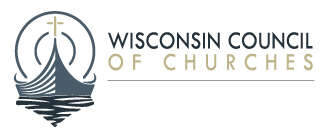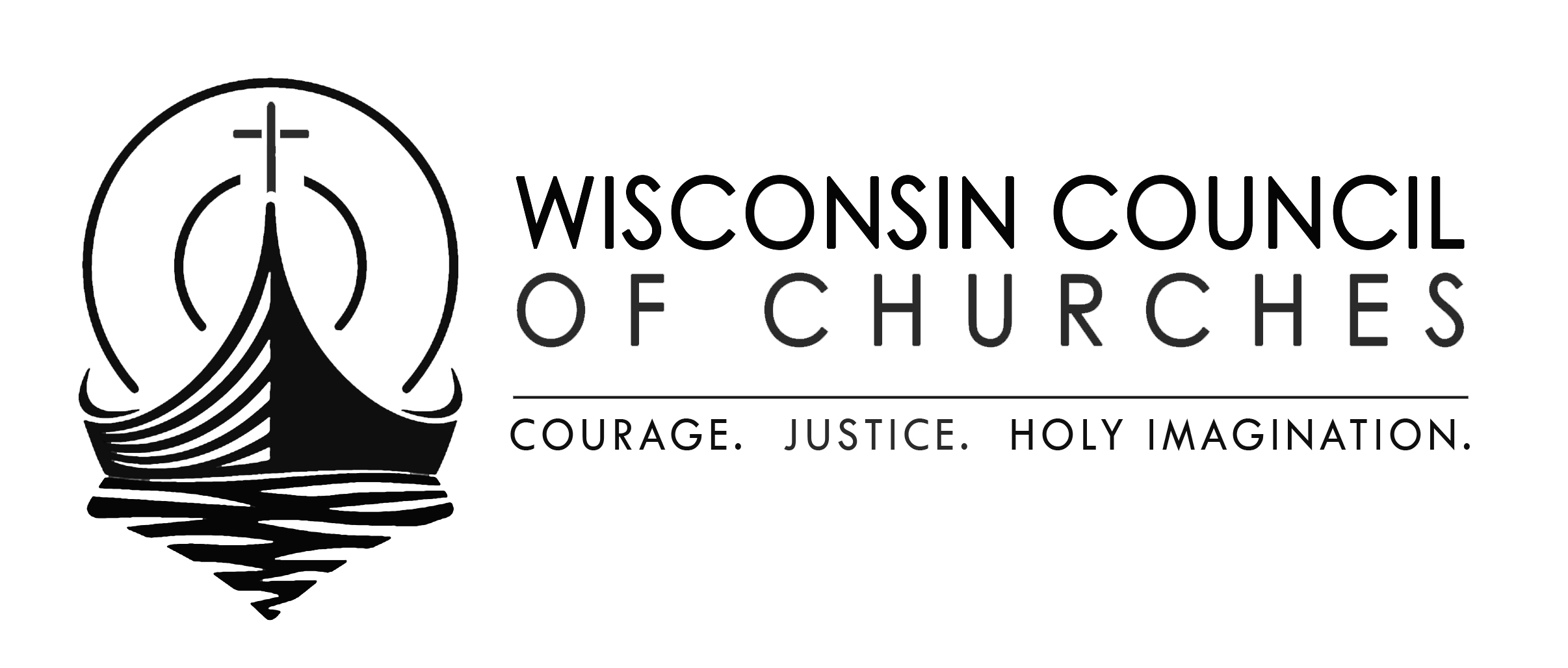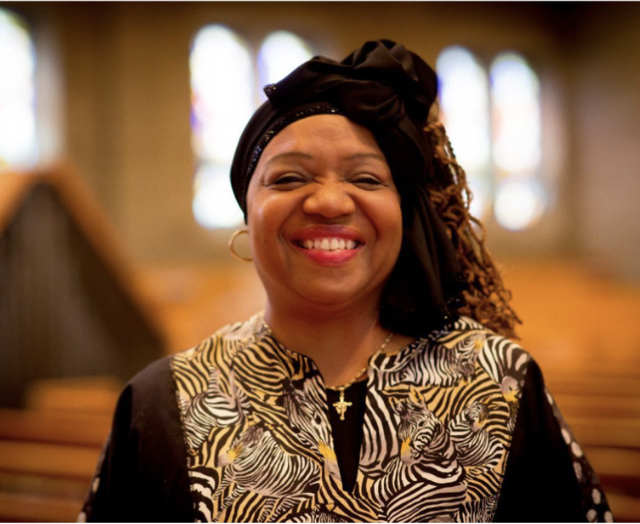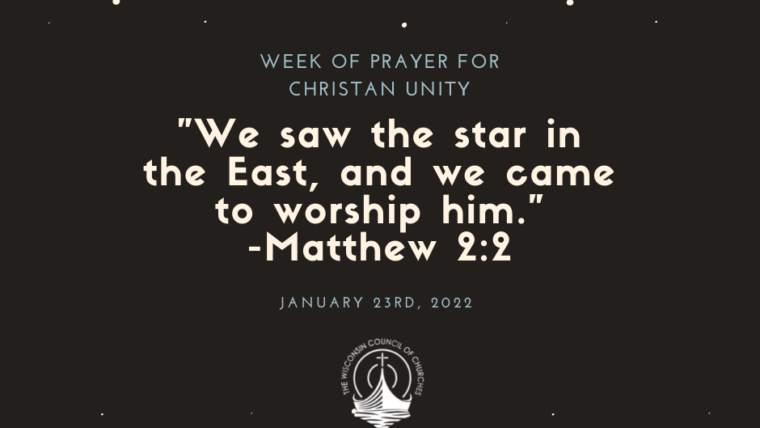So, Teresa was telling me…
Conversation as a path to health
We recently wrapped up our COVID Community Solutions grant. That was the second of our Vaccination Community Outreach projects. This grant was led by the very able Rev. Teresa Thomas-Boyd. Pastor Teresa, as everyone calls her, is a master not just of ministry, but of community organizing. We already miss her presence on staff.
The CCS project accomplished a lot. Bear with me as I tell you about it. We started by working with the University of Wisconsin-Madison Center for Community Health Equity. With them, we interviewed key religious leaders in predominantly African-American neighborhoods of north Milwaukee.
With that information, we set up community conversations that reached 284 people. We held a retreat for local pastors desperate to pause and breathe after the pandemic. We purchased ads in local papers and radio stations. We conducted two door-to-door neighborhood canvasses. In them, we spoke to over 1,000 individuals. 896 took more information on COVID vaccination.
And we learned a lot:
-
There was a lot of misinformation circulating in these neighborhoods. Young people in particular got a lot of bad info from social media. (Please do not take health advice from random influencers on Instagram and Tik Tok.)
-
Among older adults, there was more confusion sparked by conflicting information and advice.
-
Some people said they hadn’t gotten much information at all since vaccines came out. As the canvas numbers show, they were grateful to receive information one-on-one.
Before we go further, let’s note one thing. These neighborhoods are hardly unique in these characteristics. This is simply a thumbnail of what we found in this project. You would likely find the same patterns in a study of other locations in Wisconsin.
And we did find positives. Younger members of the communities were willing to listen to the wisdom of their elders. Older members were willing to straighten out their juniors. Everyone looked to their churches for leadership and advice. They also agreed that it was important to protect the community by getting vaccinated or taking other precautions.
But it’s how we got these results that I really want to talk about. A couple of weeks ago,* I mentioned five tools to help prompt growth after a traumatic experience. If you remember, those tools were: story, community, hope, creativity, and faith.
I’m proud to say that we managed to put those tools to work in the conversations we held. Facilitators invited people to talk about their experiences with COVID. The conversations created community by giving people a chance to express shared struggle and wrestle with idea of vaccination. Participants were able to move forward with a new vision, reconnected to God and one another.
It’s a little early to say what will come out of those conversations. They did lead to increased interest in vaccination. Our hope is that they will set the stage for further work on community health in those congregations.
All of this began with the simplest of conversations. What was your experience of the pandemic? What do you know about vaccines? Do you want to get vaccinated? Why or why not?
Simple, open-ended conversations like this can open up tremendous energy in a community. They allow the community to speak to itself about their hopes and challenges. In doing so, they give back power to their participants. They put the community in the driver’s seat for improving its situation.
They also create social connection within and between communities, and wholeness through connection. That’s the source of the hope and creativity. The faith comes from knowing your community will be there when you need them.
“There are many walls that need a good knocking down. The church is a great place for that knocking.”
I am convinced that conversation is a core method of the Community Health Program. Americans are so used to believing that they have to face their health problems on their own. They are so used to thinking that their stories have nothing to do with the larger story of their community. They are so used to going unheard, and nothing changing. There are many walls that need a good knocking down. The church is a great place for that knocking.
Building social connection is very near to the heart of the Christian mission to bear witness to the steadfast love of God. I’ve said that before. Let’s add here that building community power—that is, building the ability of communities to meaningfully respond to the challenges they face—is very near the witness of God’s surprising power. How else does God work, but through us?
So when we say we want to know what you think, believe us! We do want to know what you think. More important, we want to allow community voices like yours to lead our efforts here. And more important than that, we want your voices to drive the change we need. It really is the Christian thing to do, and we’ll have opportunities for you to do it coming soon.
I learned from Pastor Teresa’s leadership of the community conversations and her insight into their results. I am deeply grateful for her work on this project, as are we all. Thanks, Teresa! We’re looking forward to working with you again, one way or another.
And we are looking forward to talking to you all soon.
*In this case, it’s literally two weeks ago, not “a couple of weeks ago” in that wonderful, vague Wisconsin sense of “some indeterminate time in the past.”




